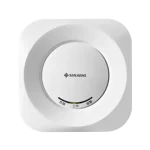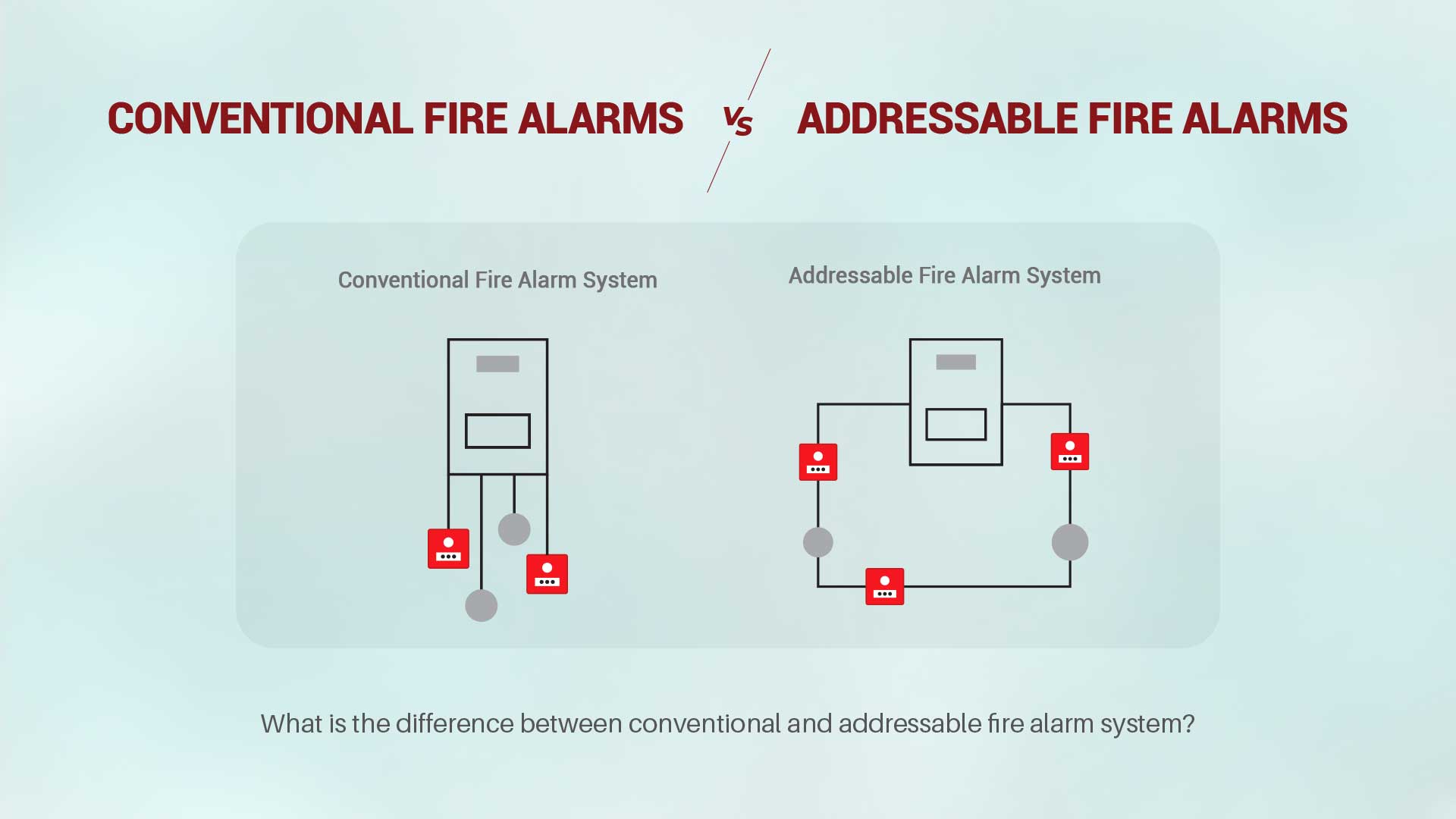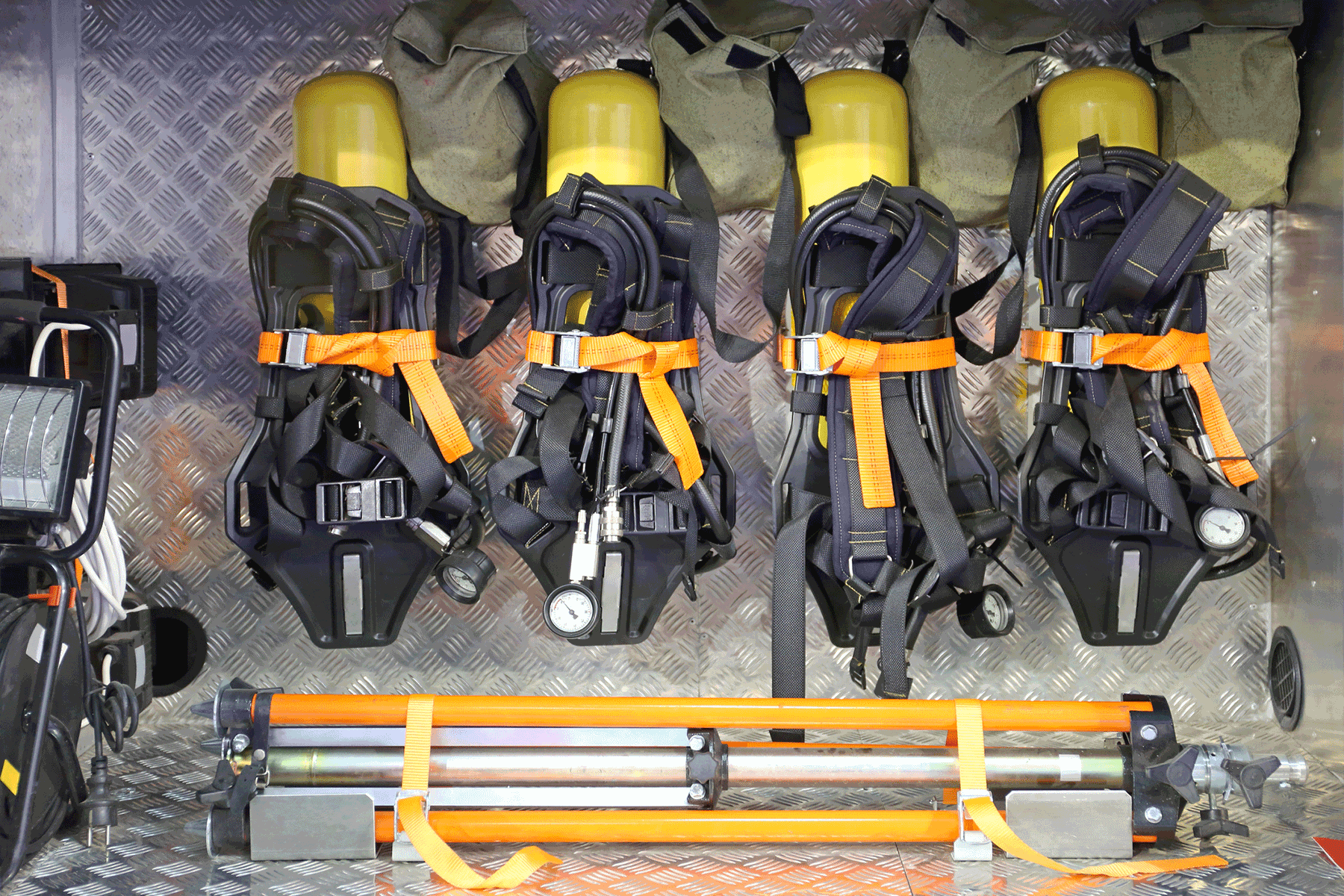WHAT IS THE DIFFERENCE BETWEEN CONVENTIONAL AND ADDRESSABLE FIRE ALARMS?
The Difference between Conventional and Addressable Fire Alarm Systems
When it comes to establishing a new fire alarm system or even upgrading an existing one, knowing the difference between the two primary kinds of fire systems is crucial.
Fire alarm systems are classified into two types: conventional (analog) and addressable (digital). To get a better understanding of what system is suitable for business, you must examine the various systems. That may have a major effect on your business’s bottom line.
The key difference between conventional and addressable fire alarm systems is the scale. Conventional fire alarms are suitable for smaller structures, such as offices or retail establishments. They will sound separately, when they detect smoke or heat and will assist everyone in safely and swiftly exiting your facility. Whereas for big building structures or campuses, addressable fire alarms are a need.
Let’s get down further into these fire alarm systems in this blog to get a better knowledge of them. And see some of the main key differences and benefits of conventional and addressable alarm systems.
Conventional Fire Alarm System
Conventional fire alarm systems have existed for many years and have seen minimal technological advancement. A conventional fire alarm system is often the obvious option for small structures or businesses operating on a shoestring budget.
The non-addressable alarm systems are hardware-based and rely on analog technology. Conventional methods are unable to determine the precise location of a fire. It requires ingenuity to wire zones that aid in narrowing down the site of an emergency.
Individual circuits generate a signal that interacts with the panel, limiting the panel’s capabilities and making the system less dependable than an addressed system. Additionally, if a wire is cut, the device will cease to function due to the lack of a communication loop with the control panel.
While conventional alarm systems are less expensive to buy, they are often more difficult to install. This is because each zone for detectors and call points must be connected back to the panel via a radial circuit.
Addressable Fire Alarm System
An Addressable fire alarm system is referred to as an “intelligent system,”. It is used in bigger office buildings with more complicated needs. It is an alarm system that monitors all of your building’s fire, smoke, and carbon monoxide (CO) detection sensors.
On these systems, each device is assigned a unique address. Which is maintained separately to inform the system when it is active or malfunctioning. (i.e. address 1, Front area, back door, hallway) that helps in locating where the “off-normal” condition takes place.
This activated gadget will appear on the control panel display, enabling you to quickly determine the precise location of a fire. The devices are linked in a loop, which indicates they are connected to the control panel through a single cable rather than individual wires. The loop functions as a failsafe mechanism, ensuring that linked devices remain operational even if one end of the loop is removed from either the control panel.
Secondly, it includes fast detection capabilities. This technology provides more flexibility and control. The alarm systems also include integrated dual-path connectivity, programmable buttons, and the required functionality for addressable fire and CO detection.
Lastly, addressable fire alarm systems are more versatile than conventional fire systems and have more features. Due to the ability to continuously monitor each installed device individually, addressable fire panels provide significant advantages over conventional fire alarm systems.
The following table summarizes the key differences between non-addressable and addressable fire alarm systems:
Comparison table –Conventional Alarm System Vs Addressable Alarm System
| Features | Conventional System | Addressable System |
| Installation | Each initiating zone’s wire must be returned to the panel. A capacitor at the end of the line is placed at the final device to ensure control. | Addressable systems link all initiating devices and control modules by a single pair of cables. |
| Functionality | The panel indicates the zone in which the error happened. However, it just gives a broad overview. | The panel offers the installer detailed information that helps in identifying the cause of the issue. |
| Alarm Functionality | When an alert condition occurs, the panel displays the following: which zone is now in an alert. | Once an alert situation arises, the panel shows the name and position of the alarming device. |
| Cost | Device and other typical equipment are low cost. Increased installation and cabling time and cost. All wiring must be routed to a central location. | Addressable devices & modules are more expensive, but installation and wiring time and costs are minimized. |





















